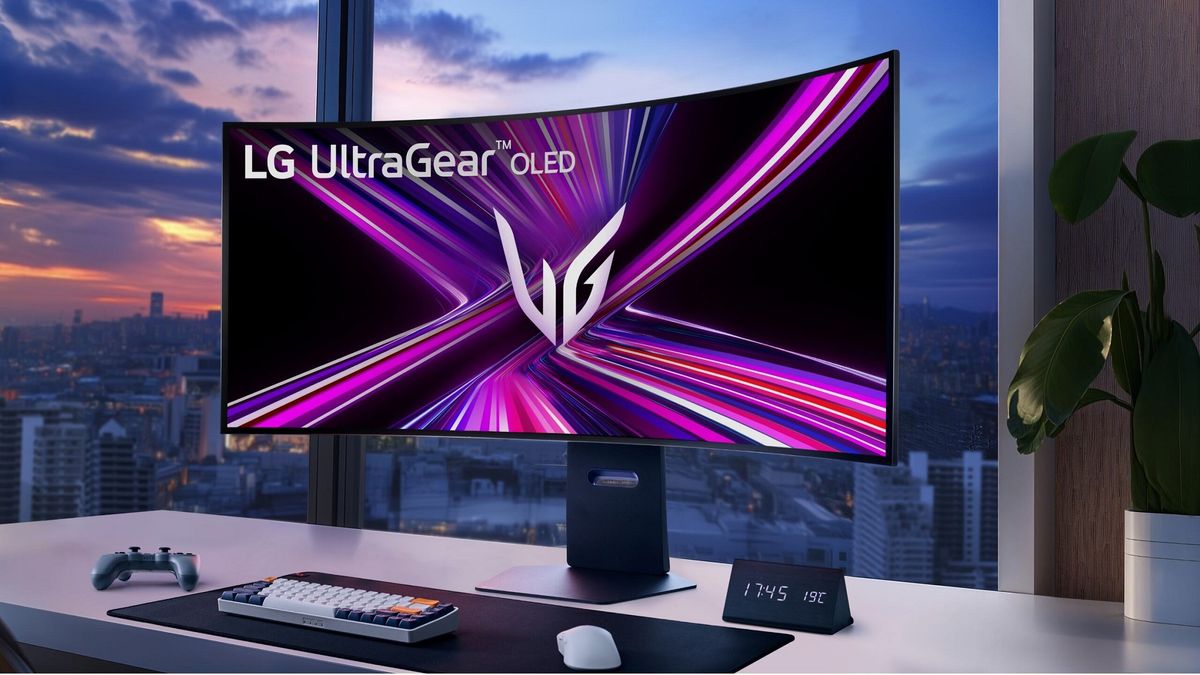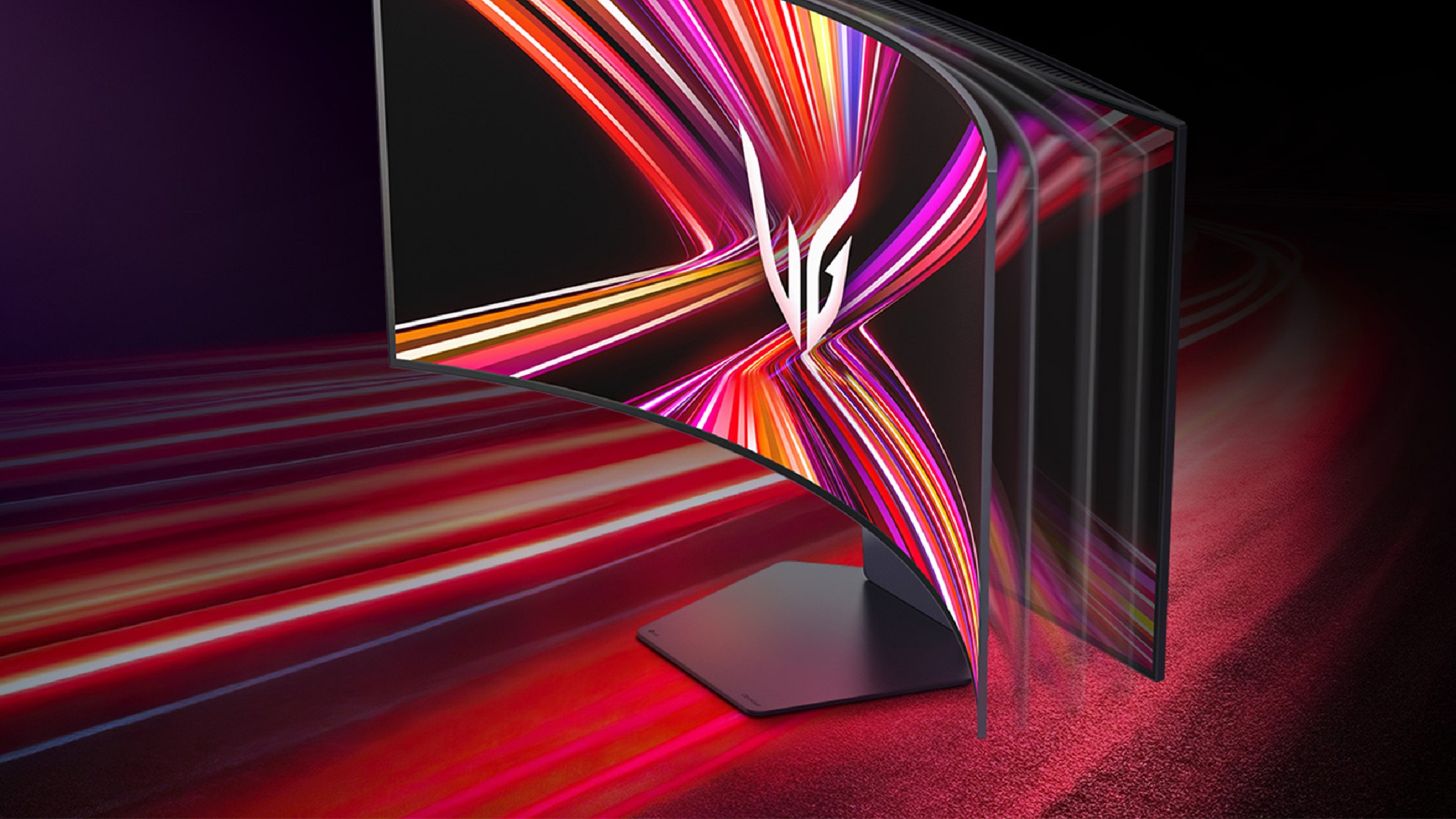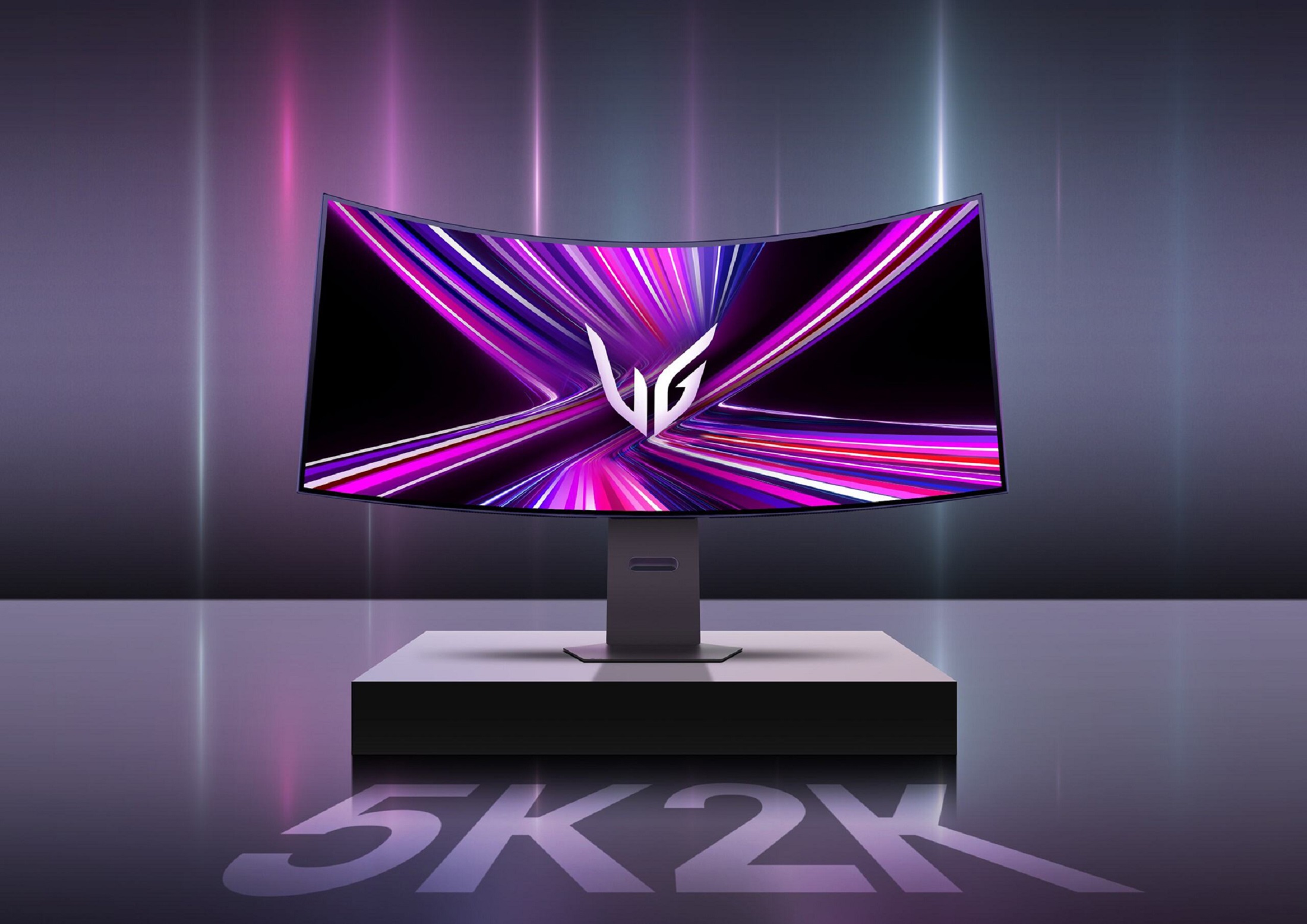It’s hard to believe, but 22% of PC gaming monitors are now OLED panels.

Can you believe that more than a fifth of gaming monitors sold today are OLED panels? So, says no less an authority on this topic than LG.
To be more specific, LG told YouTube channel HDTVTest that OLED now accounts for 22% of the PC gaming monitor market. LG notes that market share was achieved in just two years since the launch of its first OLED-based PC gaming monitor.
Meanwhile, you might be surprised to learn that OLED currently only makes up 18% of the TV market, and that’s despite LG releasing its first OLED TV back in 2013.
Of course, the very first OLED gaming monitor was actually the Alienware 34 AW3423DW, released almost three years ago and based on Samsung’s QD-OLED technology. LG’s first OLED monitor appeared a little later. But the general gist here is quite clear. The adoption rate of OLED on PCs is much faster than on TVs.
Even though I’m a fan of OLED technology, and even though there’s now a wide range of OLED gaming monitors available in a variety of shapes, sizes and resolutions, I find this surprising.
This is mainly due to the fact that OLED monitors remain very expensive. The suggested retail price is at least $600 for the entry-level 27-inch 1440p model from a name brand, while most models cost $800 and up. Indeed, I wouldn’t be surprised if the average price for a major brand OLED gaming monitor is now around $1,000.
This should make them quite niche in my opinion. And yes, LCDs still make up a significant portion of the market. But more than one in five gaming monitors purchased now are OLED, and that market share appears to still be growing. It will probably be at least a third in a couple of years.
Hopefully the continued increase in market share will reflect the decline in prices. It’s always been a little confusing how expensive OLED monitors compare to TVs. When the first 27-inch 1440p OLED TVs came out, they cost about the same as 42-inch 4K OLED TVs. It didn’t make any sense.
Since then, prices have generally fallen. As I said, those 27-inch models cost around $600, and both the 34-inch ultrawide models, like the Alienware 34 AW3423DWF, and the 32-inch 4K models, including the MSI MPG 321URX, cost around $800 and up.
But that’s still a pretty steep price when you consider that for around $200 you’ll get a 27-inch 1440p LCD gaming panel, and for $250 and up you’ll get a 34-inch ultra-wide panel.
So personally, I’d like to see OLED prices come down even more. I think $500 for the 32-inch 4K model and a little less for the 27-inch 1440p and 34-inch ultrawide model would be quite reasonable. At least at this price level I would be happy to recommend them without serious reservations.
Speaking of caveats, it’s worth noting that one of the last things to apply to OLED technology on PC gaming monitors, other than price, seems to have already become history. As I reported last week, both Samsung and LG announced new OLED panel technology at CES with much higher claimed full-screen brightness.
Theoretically, we could see up to 400 nits in full-screen mode, which in my opinion would mean that the brightness “problem” with OLED displays has been solved, and I expect models with at least 350 nits full-screen resolution to arrive later this year based on this new technology. . Hopefully these monitors won’t cost too much.
But even if they do, I expect those prices to drop fairly quickly, as do OLED prices in general. Give it a couple of years, and a sub-$500 OLED monitor with 400 nits of full-screen brightness will probably become a thing. The only slight catch is that the OLED I really want, LG’s new 5K2K Ultragear 45GX950A, is a $2,000 monster. Unfortunately, it will still be some time before such a panel becomes truly available.



